
Learn to draw
Drawing is one of the most essential skills any aspiring artist should learn. Being able to convey what’s inside our head onto paper is an invaluable creative tool that gives us a direct line between mind, heart, and hand. In this article, we’ll dive deep into what makes up basic drawing principles and how they can help set you on the right path toward becoming a masterful draftsman.
You’ll get some important informations from understanding perspective basics to working with lines, shapes, and shadows; all things needed for successful art-making. No matter if you’re just starting out as an artist or already well versed in art making process, there’s something here for everyone hoping to improve their artistic ability no matter your skill level!
So pull up a seat (or stay seated in front of your digital canvas) and let’s begin our journey together into understanding the fantastic world of drawing fundamentals!
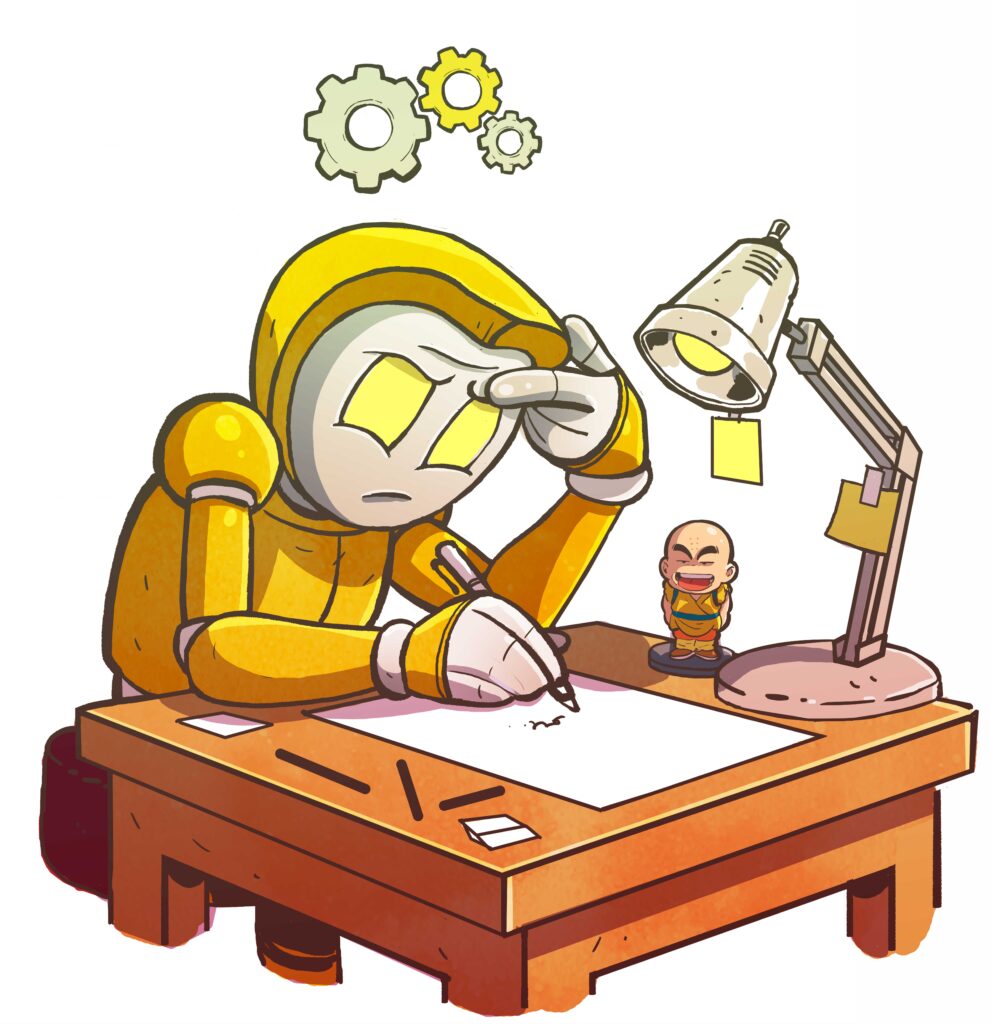
Exploring the fundamentals of drawing, such as line, shape, value, and contour

Aspiring artists and curious hobbyists alike can discover the amazing results of mastering the fundamentals of drawing. Lines, shapes, values, and contours all work together to create an aesthetically pleasing piece.
For example, by understanding how to draw straight lines and curves that are balanced in shape and contrast, a variety of landscapes or characters can be formed.
In addition, the smallest changes in line weights and the simplest variations in contour can bring life to illustrations.
Plotting these elements strategically allow us to craft rich narratives with our drawings that captivate and enthral viewers.
With practice, anyone can learn how unlocking the secrets behind these basics of drawing will open up endless possibilities for creativity!
Discovering perspective techniques to give drawings a sense of depth
Learning to add perspective to drawings can open the doors for creating beautiful, realistic scenes. Perspective techniques are specifically used to make drawings look like they exist in three-dimensional space and can make all the difference when it comes to impressively capturing a scene.
Adding layers of light and shadow, accurately depicting angles and sizes of objects, and opting for muted colors add a level of depth that brings artworks to life. Understanding how light works and how it affects shades can help hobbyists better understand how to create an image that looks true to life. The more you practice and experiment with different types of perspective techniques, the better you’ll get at creating pieces with a convincing sense of depth.
Perspective drawing can be used to add a sense of depth and realism to backgrounds or landscapes. Perspective techniques such as vanishing points, aerial perspective, foreshortening, and linear perspective are all useful for creating a convincing scene that looks like it comes from the real world. By understanding how light works and how it affects shade, artists can better capture a scene and add additional layers of realism into the artwork.
Changing angles, sizes and distances between objects can help create an interesting landscape that has a sense of depth to it. Perspective drawing can also be used to create illusions of depth that do not exist in the real world. Using techniques such as forced perspective or anamorphic perspective, artists can create a 3D effect that tricks the eye into seeing something that isn’t there. This illusion of depth can be used to captivate viewers and create a unique piece of art.
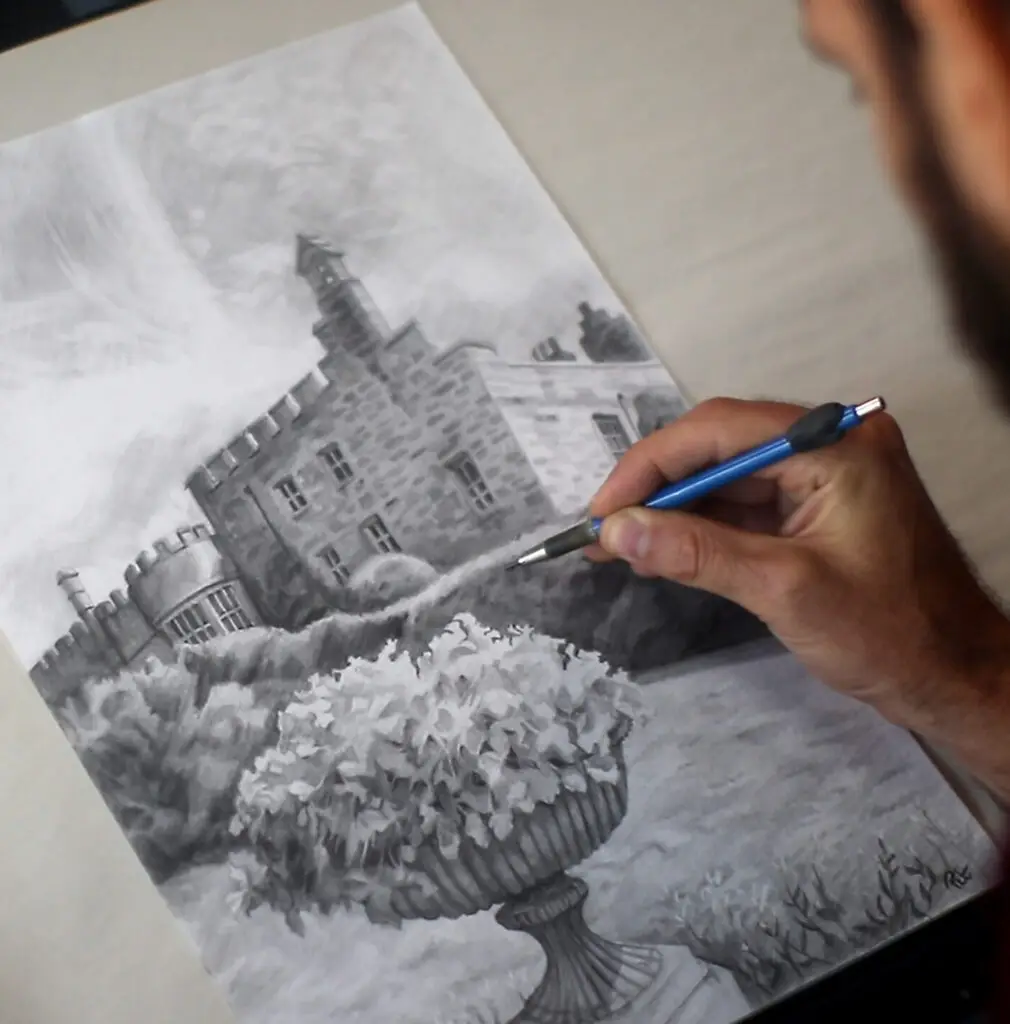
Learning how to capture subtle details, like light and shadow
Drawings can benefit from the subtle details that light and shadow provide. By understanding how to combine both extremes of dark and bright light, artists can create an image that looks more realistic and vibrant.
Learning to use highlights, midtones and shadows accurately allows the artist to bring their drawings to life, making them look like they exist in a three-dimensional world. Just like photography, creating an aesthetically pleasing drawing takes skill and commitment to mastering the craft.
But with practice, anyone can learn how to capture the small details that make a masterpiece stand out. So don’t be afraid to experiment and just keep drawing!
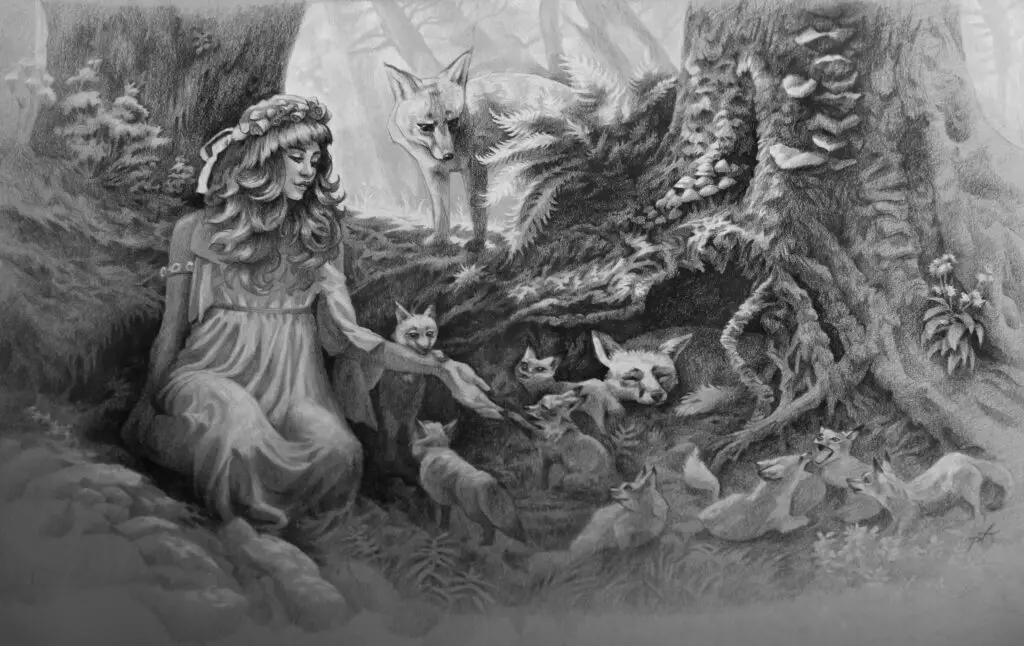
Developing an understanding of gesture drawing and its importance in figure drawing
Drawing the human figure is a complex and intricate endeavor, but one of the most fundamental parts of achieving a realistic artist’s representation of the body is understanding proper gesture drawing.
By using quick poses that capture an essence or emotion, artists can develop a deeper understanding of how to properly construct their drawings for figures in motion. Through gesture drawing, having a basic understanding of movement and recognizing these simple building blocks can create much more impressive works down the line. It’s an important skill to have for any aspiring artist looking to communicate with their art in a meaningful way.
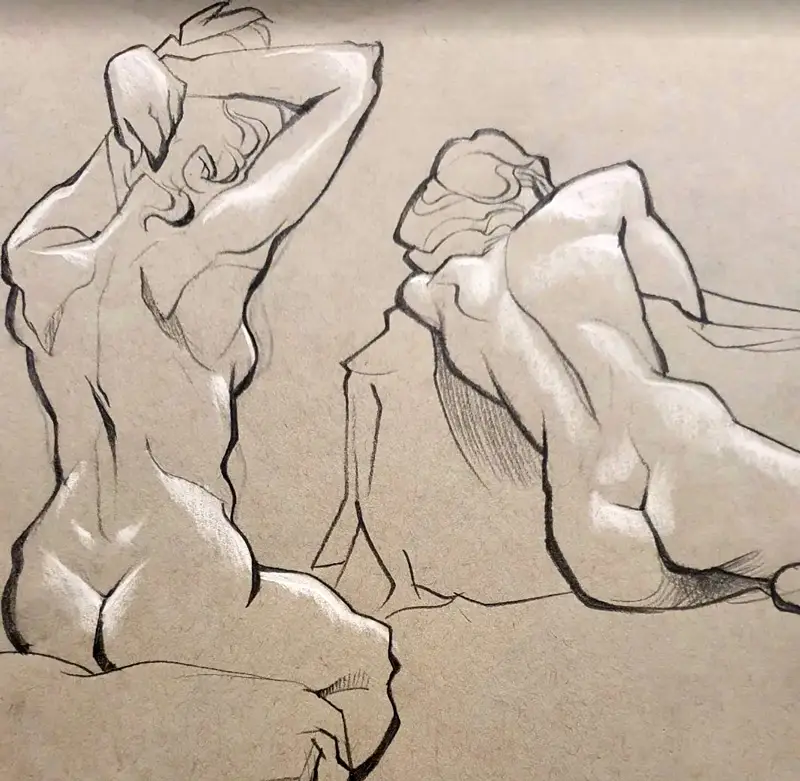
Learning simplified anatomy for artists
The human body is incredibly complex, with each part interconnected in fascinating ways. Because of this, artists looking to accurately draw the human figure must take some time to understand the basics of anatomy. By studying the bone structure, skeletal muscles and other forms of musculature, artists can better understand how their drawings should appear in motion. This understanding of anatomy helps them to better communicate their artistic vision, whether it be through a still portrait or an action-packed scene. Learning the basics of anatomy is essential for any artist looking for realistic and dynamic figure drawings.
In figure drawing, details are not necessarily what’s important – the overall impression of the human form is more important than the exact details and proportions. Therefore, simplifying anatomy can help you to focus on capturing this general shape while still incorporating features such as musculature and bone structure when appropriate. This way, artists can create a convincing and aesthetically pleasing representation of the human form. So don’t be afraid to simplify your anatomy when you’re learning how to draw figures!
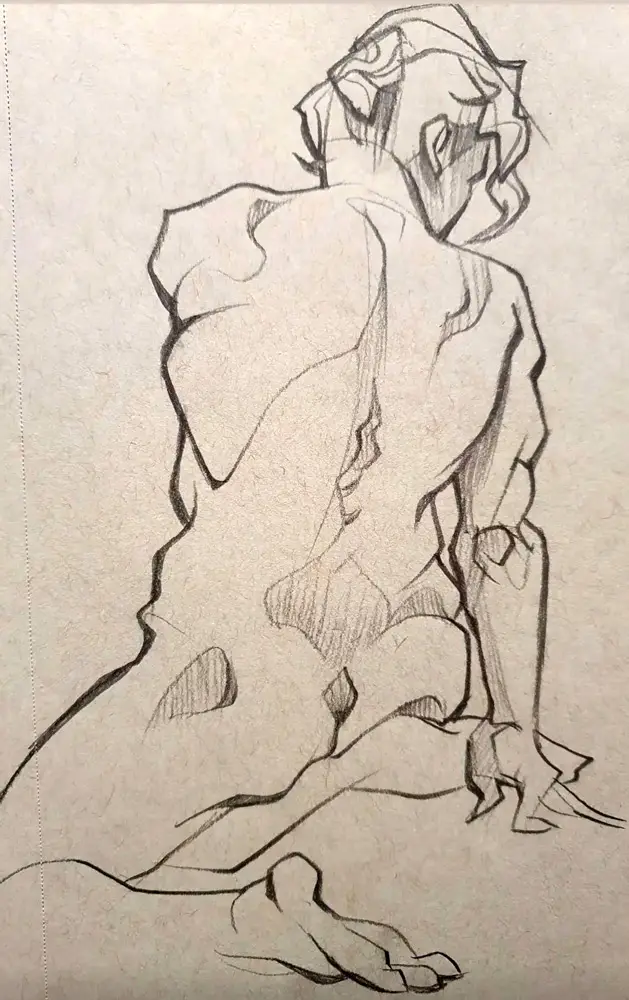

POINTS TO REMEMBER
You must learn basic perspective to learn to draw well.
Your comprehension of light and shadow is mandatory to polish an illustration.
Learning simplified anatomy is much more important than drawing every detail of the muscles.
At the end of the day, storytelling is far more important than everything, even if the drawing isn’t perfect.
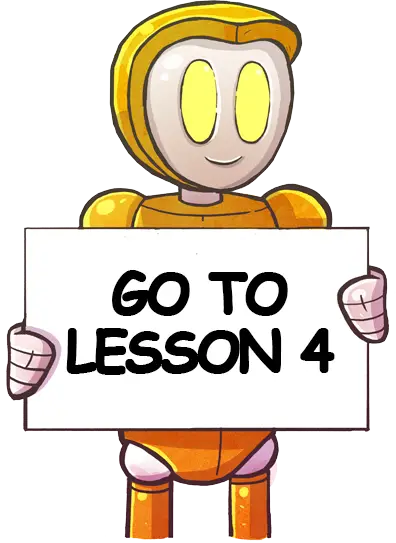
The fundamentals of perspective drawing
It’s time to learn more about perspective drawing and how it can take your artwork to the next level, then don’t miss our next lesson on the topic.
Our article covers the fundamentals of perspective drawing, including one-point and two-point perspective, and provides practical tips and techniques to help you improve your perspective drawing skills.
